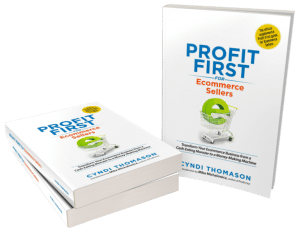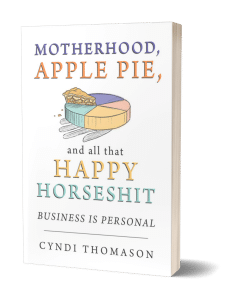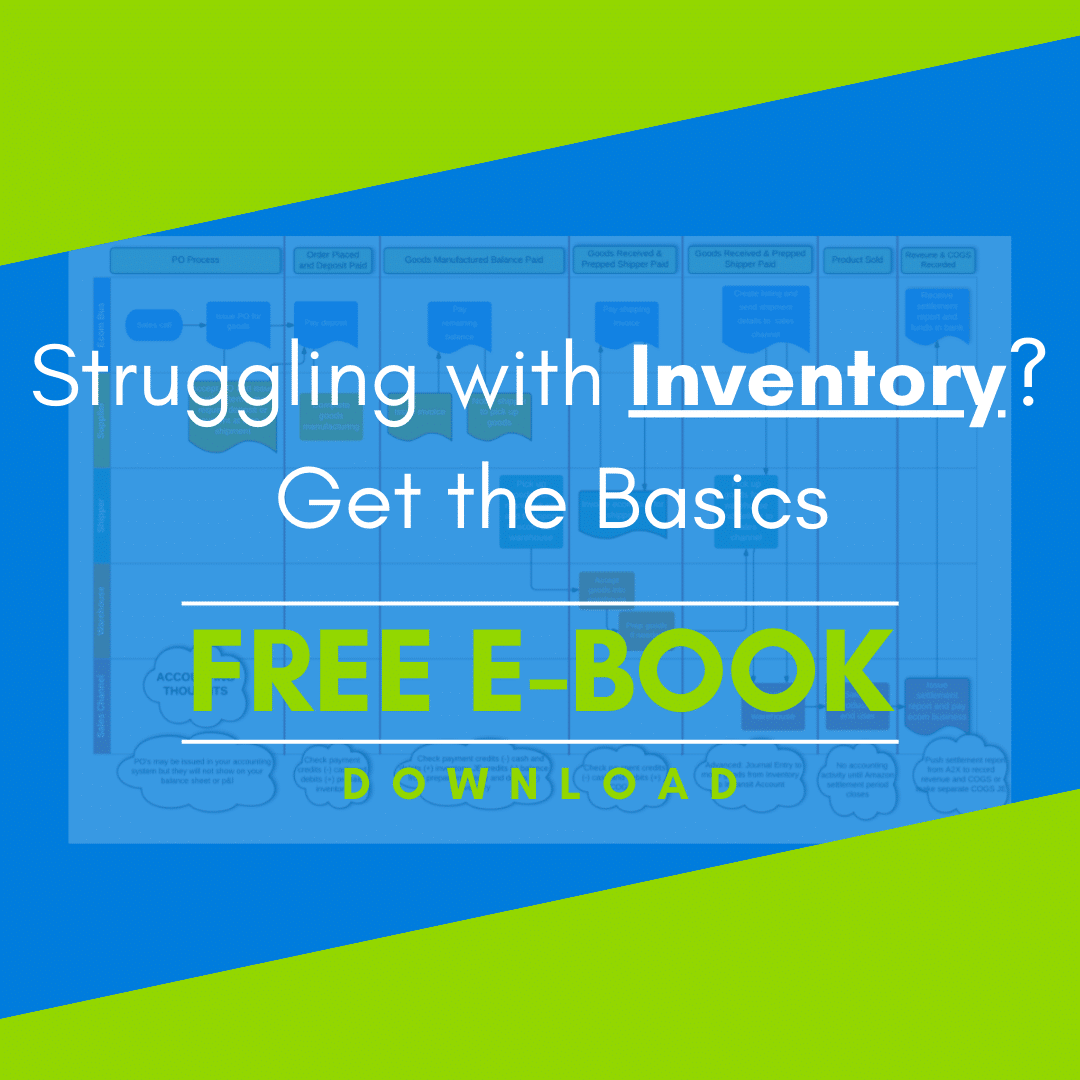
I recently had the opportunity to present Profit First to a group of business owners in Philadelphia. After the talk, several told me they were re-energized about trying to get Profit First working in their business. Unfortunately, their stories were ones of failed attempts. I have heard this repeatedly over the years from clients that come to us for help.
It was so pervasive that I finally changed my presentation so that it would address the eager business owner that wanted to do it herself, but just couldn’t make all the numbers work, with all the accounts, all at the same time. I call the “All In” approach, a “cliff dive” into Profit First.
Walk In, Don’t Dive
It’s understandable that we want to set up the system right away and get it working as described in the book. Grasping the concepts of Parkinson’s Law and how to use separate bank accounts to track your cash flow for certain purposes, it all seems simple. However, the place where many people fail is trying to do it all at once. Not because it’s complicated but typically because their cash is limited.
If you took the cliff dive approach and found that you were moving money to bank accounts only to move the money back to cover your bills, then give me your attention for a couple of minutes and I will show you how to do a beach entry that will set you up for success. I’m sure you still have the goal of being profitable, so let’s get started with some baby steps while we acclimate to the water.
Create Your Accounts
The first step into the system is to set up two bank accounts in addition to your business checking account. One account will be used for Inventory and the other will be your profit account. We’re going to start slowly with just these three accounts.
You can set all three up as checking accounts or you can have checking accounts for Inventory and Operating Expenses (your original business checking account will be used for this account. For the profit account, you can use either a checking or a savings account. Check with your bank to determine how you can open these accounts with the least fees possible.
The First Move
Now you’re ready to begin. Once you get your first Amazon Settlement and the funds are available from your bank account, you’re ready to make your allocations to the other two bank accounts. The first allocation you will make is to set aside money to replenish your inventory. Your settlement was based on selling inventory. How much will it cost you to replace it so you keep the engine running on your business?
You can easily determine this number by looking at the costs of the products you sold or your Cost of Goods Sold from you Inventory Lab Profit and Loss report. Once you have determined this number, move this amount to your Inventory checking account. When it is time for you to buy inventory in the future, you will pay for it from this Inventory account.
By separating inventory into its own account, you can begin to understand how your cash flows differently for inventory than your operating expenses. Inventory cash flow is typically less cyclical by month and more seasonal in nature.
It also typically builds in the checking account slowly based on sales but then leaves in large chunks to meet minimum order quantities and maximize the efficiency of shipping. It’s helpful to learn the pattern of your inventory cash flow so you can ensure that you have the funds needed to pay deposits as they are required.
Pay Yourself
The next allocation you make is to the Profit Account. Look at the funds that are remaining from the settlement after you allocate to the Inventory account. Take one percent of these funds and move it to the Profit account. From this day forward, you will be profitable if you keep up this practice.
This account will grow over the quarter and then on the last day of the quarter you will remove one half of the money that was deposited during the period. This ½ is your reward for doing an awesome job. Even though it is tempting, take this money out and do something to reward yourself for being a business owner. It’s tough to take all the risks and take time away from family, this is a small reward to show you that you’re doing something right.
This is your first set up with limited accounts to help you find your footing in the waves. Take a few months to practice the allocations and be sure to watch the Operating Expenses checking account. Since you have pulled the inventory and profit funds out of this account, you will be operating on less.
What expenses can you cut to ensure that you are operating at a level your business sales can support. This is where Profit First shines. It puts a focus on your account balances for specific purposes. If your balances are running low, then you need to take action.
You’re Ready to Swim
Once you get this allocation scheme working and you’re able to move cash into the proper buckets without having to move it back to cover expenses, you’re ready to wade into the deeper water. At this point you’ll be ready to open an Owner Pay account and a Tax account. The Owner Pay account is used to pay yourself and you may have to start small and gradually build up the allocation percentage.
The tax account is to set money aside to pay income tax that you will owe as a result of running a profitable business. Again, start small and gradually increase the percentage as your business grows and as your diligent approach to reducing operating expenses pay off.
Once you get the hang of the flow of your inventory and your operating expenses, you’ll be profitable, and you’ll be more confident in your money decisions. So come on in, the water’s nice and the reward of a business that cash flows is within your reach.
If you need help getting started, we’re here to help! Reach out to the bookskeep team and start taking your Profit First today!
Interested in Profit First?

You can also sign up for the Profit First for Ecommerce Sellers Online Course. As a Mastery Level, Certified Profit First Professional, I will teach you why Profit First works so well for ecommerce businesses and the particular challenges for businesses that have physical products requiring inventory management. You will learn how your behavior drives your money management habits for your business and how you can set up your business bank accounts to work with your habits.
Check out all our ecommerce accounting and profit advising services here!
Do you know about Cyndi’s new book?
Motherhood, Apple Pie, and all that Happy Horseshit

“You’re about to discover the recipe for successful momma entrepreneurs.”
Business is Personal
As a Mom, you can have it all and it’s better when you do. Using your personal values to create the business of your dreams. By the end of this book you’ll be confident in designing a business that supports your family and yourself. Order Now!




Leave a Comment